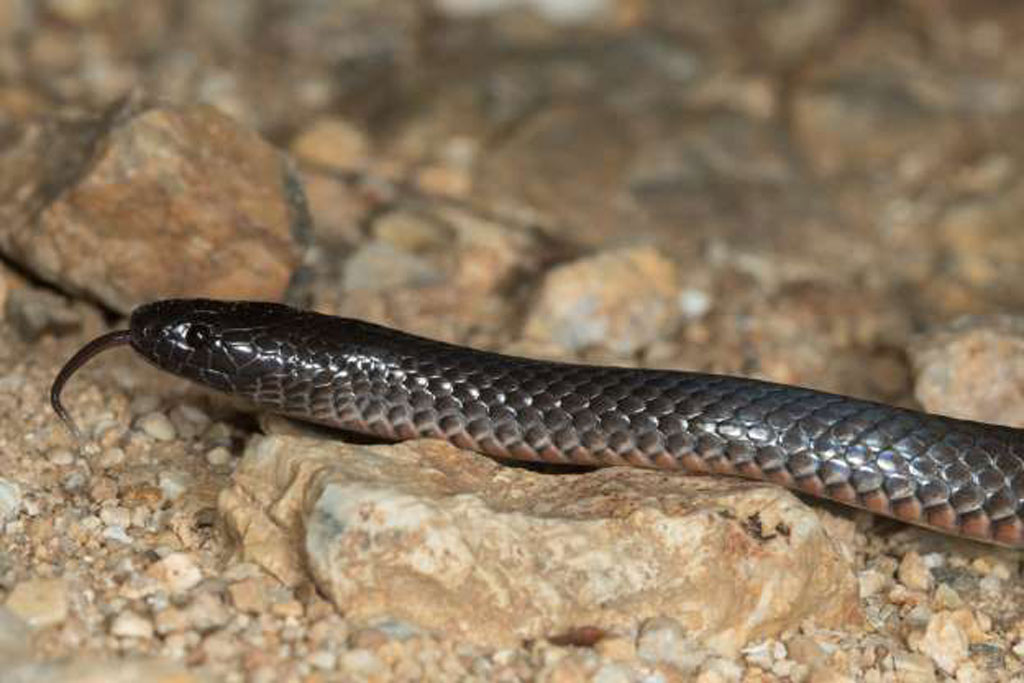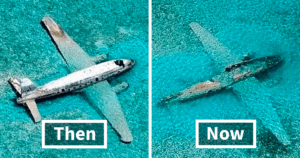“Unveiling Nature’s Most Lethal Predators: Are You Brave Enough to Discover the Earth’s Deadliest Snakes?”
These venomous snakes are frequently kept in zoos because of their beautiful color variation. They feed on small rodents as well as small birds, lizards, and frogs.
Jararacas Usually Stay In The Shade

Native to South America, the Jararaca is a venomous pit viper that frequently bites humans. Located primarily in southern Brazil, northern Argentina, and northeastern Paraguay, the Jararaca’s name is a combination of two Portuguese words which together mean “large snake.”
They’re usually located hiding out under vegetation, even in open savanna regions. They can reach a maximum length of roughly 63 inches, but their average length is typically around 23 inches. The Jaracara’s venom is used to make drugs that treat congestive heart failure and hypertension.
One Western Green Mamba Can Kill Several Humans

Green Mambas, found throughout rainforests and wooded areas in West Africa, are active during the day. They spend the majority of their time in trees and live on a diet consisting mainly of bats, birds, lizards, and various small rodents.
One of the fastest snakes on the planet, a Green Mamba behaves differently than other varieties in that it strikes its prey and then backs off. After the prey has died, the snake returns and swallows it.
Bothrops Aspers Are Called ‘The Ultimate Pit Vipers’

Bothrops Aspers, sometimes referred to as “the ultimate pit vipers,” have distinctively broad and flat heads. They’re found primarily in South America but also dwell as far north as Mexico and in some lowland Atlantic coastal areas such as Costa Rica and Panama.













